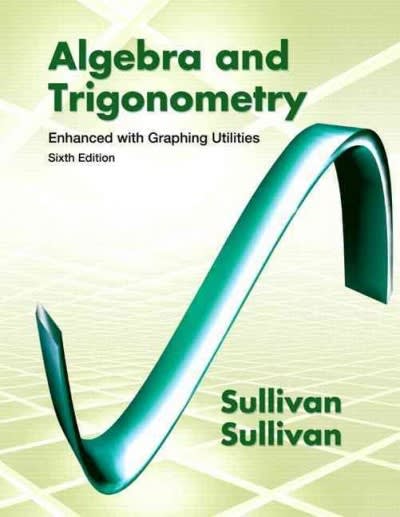Question
Goodale and Milner's patient DF was able to correctly put an envelope through a slot in a disc, but not to reproduce the orientation of


Goodale and Milner's patient DF was able to correctly put an envelope through a slot in a disc, but not to reproduce the orientation of the slot itself. This suggests that...
Group of answer choices
The patient was likely faking her own condition.
Attention is applied after the visual scene has been processed ("Late selection")
There is a dissociation between "perception" and "perception for action".
Experience (e.g., mailing envelopes) shapes the visual system
All of the following, except ________________, are safe and non-invasive means of observing brain function.
Group of answer choices
Positron Emission Tomography
Implanted microelectrode recording
Functional Magnetic Resonance Imaging
Electroencephalography
One of the reasons you can recognize your best friend, even if you only see the back of their head in a crowd, is:
Group of answer choices
Because you're really good at picking people apart based on the back of their head
Viewpoint invariance
Image transformation
The fusiform face gyrus
The U.S. government is considering changing the driving laws to improve for safety, and you have been consulted as an attention expert. Specifically, you are asked to identify which of the following conditions poses the biggest safety risk on the road. Given the principles of divided attention, your suggestion is that the most dangerous condition is...
Group of answer choices
When the driver has to park in a crowded parking garage, because the visual scene is much harder to scan when more objects are present.
When the driver is stuck in stop-and-go traffic, because binding the color of brake lights to their shape requires significant amounts of attentional resources.
When the person has is driving early in the morning, when the person's occipital lobe is still partially asleep.
When the person is driving an unfamiliar vehicle, because driving is less automatic and subtracts more cognitive resources.
Two groups of subjects in an experiment view a stimulus while hearing a loud noise. The control group sees a face, and the experimental group sees a picture of a firing range. When asked to identify the source of noise, a large portion of the experimental group says it was a gunshot, while the control group reports that someone clapped. Which theory of perception best explains this phenomenon?
Group of answer choices
Bayesian inference.
Broadbent's model of attention
Regularities in the environment.
The distinction between "what" and "where" pathways



Step by Step Solution
There are 3 Steps involved in it
Step: 1

Get Instant Access to Expert-Tailored Solutions
See step-by-step solutions with expert insights and AI powered tools for academic success
Step: 2

Step: 3

Ace Your Homework with AI
Get the answers you need in no time with our AI-driven, step-by-step assistance
Get Started


